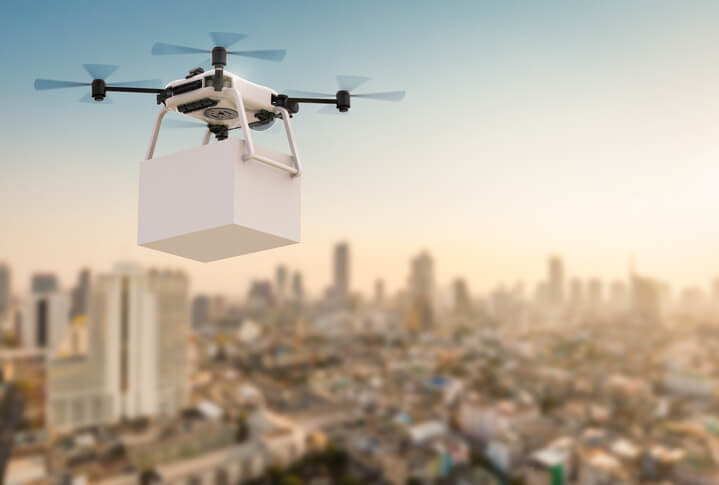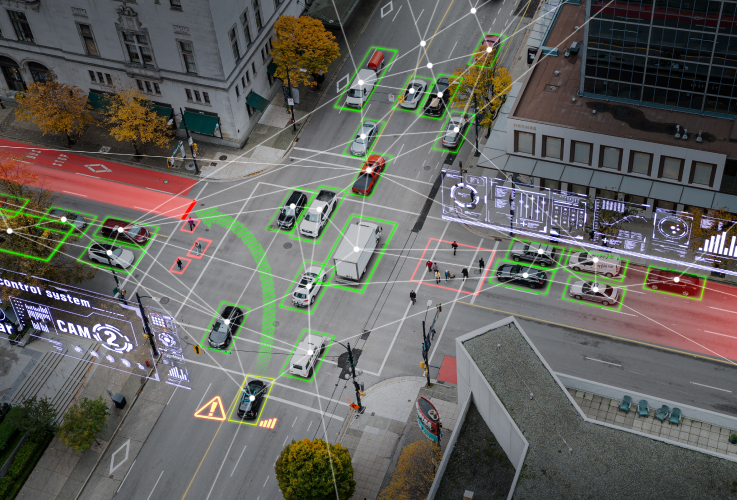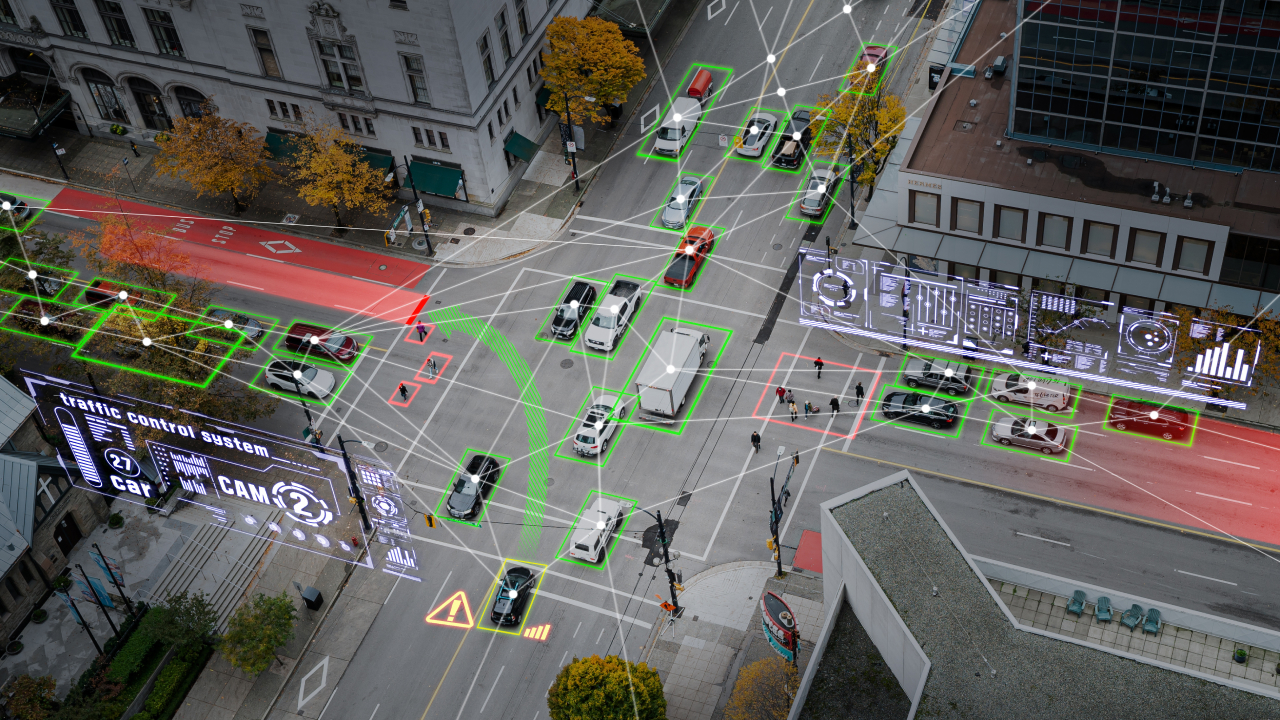We are living in the future. It’s easy to forget this fact, but the recent boom of AI, automation, and other innovations of tomorrow have made this statement more apparent.
The future, if you trust the cliché, comes with flying cars and peculiar fashion statements. While we’re no strangers to the latter, the former is still somewhat of a white whale (or a sasquatch) for engineers all around the world.
Every now and then you hear a rumor about a flying car just about to hit the market, but it never seems to actually be the case. And if it did, would it be the ideal method of transportation old cartoons and movies made it seem?
Nevertheless, some people are already speculating about possibilities in this sector of the industry, and only time will tell if it is indeed as Doc Emmet Brown imagined some decades ago.
What we do know now is that there’s a sector of the market that came that’s living proof that we’re living in the future, and it’s so normalized nowadays that your younger cousin or nephew might have even got one of these for Christmas.
That’s right: it’s drones.
Drones, also known as Unmanned Aerial Vehicles (UAVs) have been around since the 20th century. They first came to existence for military purposes, for missions that were too “dull, dirty or dangerous” for humans.
However, as the technology improved and costs reduced, drones started visiting other sectors of the market. Nowadays, drone applications range from everything from aerial photography to agriculture to racing to… you get the point.
With a range that goes from the military industry to literal toys, drones are pretty commonplace today. However, we’re nowhere near the full potential of this future-now devices.
One of the industries that offers the most potential to leverage drone technology in the near future is transportation. With a wide range of possibilities, drones could influence the future of the industry in every aspect, from mobility to infrastructure development and traffic management.
YOU MIGHT ALSO LIKE: From Industry 1.0 To 5.0: Where We Stand, And Where We’re Going
5 trends and opportunities for drones in the transportation industry of tomorrow
Delivery Services:
You have probably heard rumors around the block about companies like Amazon, UPS, DHL, and other delivery giants exploring the possibilities of providing some of their services through drones. While tests have been running for a while, the application is still not polished to its full potential and could be one of the most interesting areas of opportunity for this technology. Drone delivery could influence not only shipping procedures, but the transportation industry as well. By removing challenges like traffic or location accessibility, drone delivery can become an on-point alternative for time-sensitive goods, emergency aid, medical supplies, and more.

Urban Air Mobility (UAM):
Flying cars may not be what we thought of back then but drones just might be a more feasible answer to Urban Air Mobility (UAM). While the field is still very much in its early stages, UAM envisions a network of smaller, electric, and highly automated aircraft able to provide transportation within cities. This on-demand service would of course, rely highly on drones. Companies are working on the development of these technologies in hopes of opening possibilities cleaner cities with reduced congestion and a more sustainable transit system. It’s important to note that it’s still too early to tell if this is going to be the definite answer for the future of transportation, and several questions about feasibility might still arise. However, it’s an exciting idea to imagine for the near future!

Infrastructure Inspection:
On the “behind the scenes” of the transportation industry however, drones are already making a huge impact, and the possibilities are still endless. One case is the use of drones for infrastructure inspection. By leveraging their high-resolution image and video, and its capacity to reach inaccessible or dangerous locations, drones play a critical role in developments like bridges, power lines, and tall buildings. Regular inspections with drones can help identify maintenance issues in a quick and efficient way that can save time, money, and ultimately, the longevity of a structure and the safety of people who use it daily.

Emergency Response and Disaster Relief:
Emergency response and disaster relief rely heavily in the transportation industry due to their need for rapid deployment, evacuation and rescue, supply chain support, infrastructure restoration, aerial support and surveillance, traffic management and route optimization, among others… all of which are areas that can be greatly benefited by the implementation of drones. Drones’ capabilities offer a quick alternative to survey affected areas, identify potential hazards, locate survivors, reach inaccessible or hazardous environments, deliver supplies, and in general facilitate relief efforts with speed, efficiency and reduced human risk.

Traffic Management:
Drones featuring advanced sensors and cameras could offer a great solution for effective traffic management in congested areas. By providing real time data, drones can help optimize traffic flow and routes. In addition, drones could be a good solution to monitor and manage parking spaces in urban areas, facilitating a common issue in big cities’ downtown sectors and ensuring an efficient use of urban space.

Drones, even though widely spread in today’s market, are still a sign that indicates we’re living in the future. In fact, the speed at which this technology has evolved has taken many by surprise, raising some concerns among consumers and lawmakers that need to be addressed to reach this technology’s full potential.
Engineers and innovators looking to spearhead the future of the industry by leveraging drones, must consider regulatory considerations, privacy concerns, airspace management, infrastructure requirements, and of course, public acceptance.
However, overcoming these hurdles could mean leaving your mark on the future of transportation.






